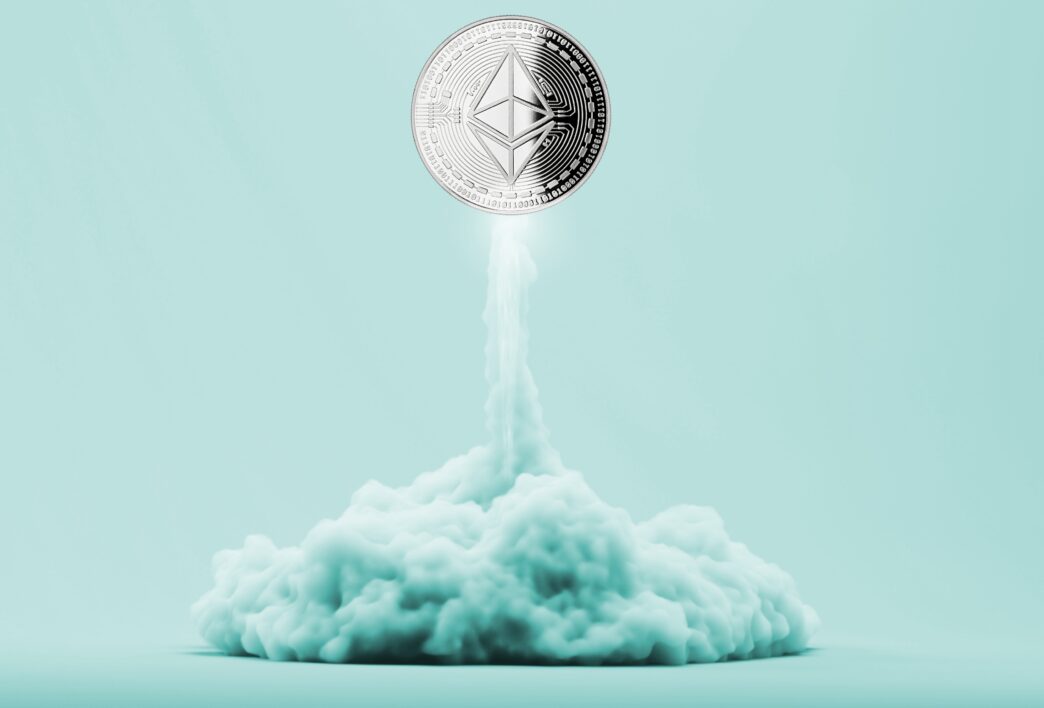Executive Summary
The Story So Far
Why This Matters
Who Thinks What?
Ethereum achieved a new record of 24,192 transactions per second (TPS) on November 10, 2025, a significant milestone largely propelled by the integration of the Layer 2 protocol Lighter. This surge in network activity coincided with the burning of approximately $32.2 million worth of ETH over the past 30 days, reflecting increased on-chain volume.
Lighter’s Impact on Scaling
The Layer 2 protocol Lighter has been instrumental in Ethereum’s scaling success, independently processing about 4,000 TPS. This performance considerably surpasses the Base Chain’s capacity, which typically handles between 100 and 200 TPS, underscoring the vital role of Layer 2 solutions in enhancing Ethereum’s throughput.
Other Layer 2 networks, including Arbitrum and Optimism, are also contributing to the growing transaction volumes and overall network efficiency. These platforms are crucial for extending Ethereum’s scalability beyond its base layer capabilities.
ETH Burn Rate Escalates
In tandem with the increased transaction speed, Ethereum has seen a substantial rise in ETH burns. Over the last 30 days, 9,463 ETH, valued at approximately $32.2 million, were removed from circulation. This heightened burn activity is directly linked to the higher transaction volumes across various Layer 2 networks such as Base, Worldcoin, and Arbitrum.
The escalating burn rate indicates an increase in Ethereum’s overall on-chain activity. This reduction in the circulating supply of ETH could potentially influence the network’s future price dynamics. This trend is expected to persist as Layer 2 networks continue to expand and Ethereum’s transaction volumes grow.
Buterin Celebrates Scaling Progress
Ethereum co-founder Vitalik Buterin acknowledged the network’s achievement, tweeting, “Ethereum is scaling.” The network’s enhanced ability to process higher transaction volumes is a direct outcome of recent Pectra and Dencun upgrades, which have improved throughput and efficiency for Layer 2 networks.
These upgrades, by supporting zero-knowledge technology, enable Ethereum to process transactions at accelerated speeds. Despite its contributions, Lighter has experienced operational challenges, including several disruptions since its launch on October 1, with the team compensating affected wallets with USDC after an outage on October 28.
Future Economic Model for Ethereum
The proliferation of Layer 2 networks has sparked discussions regarding Ethereum’s long-term economic model. With Layer 2s increasingly capturing a significant portion of transaction fees, experts suggest that Ethereum’s mainnet may need to explore alternative revenue streams.
Mechanisms like fee sharing and deeper protocol-level integrations are proposed avenues for Ethereum to maintain financial benefit amidst the growth of Layer 2 solutions. This evolution highlights the dynamic nature of blockchain economics as scaling solutions mature.
Key Takeaways
Ethereum’s recent achievement of 24,192 TPS, driven by Layer 2 innovations like Lighter and supported by key network upgrades, marks a significant stride in its scaling journey. This progress, coupled with a notable increase in ETH burning, highlights the network’s evolving efficiency and the critical role of Layer 2s in its future development.







